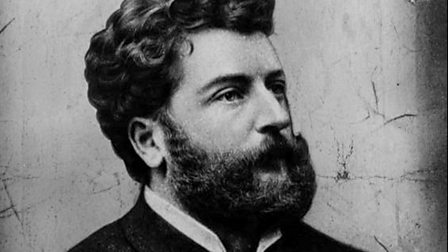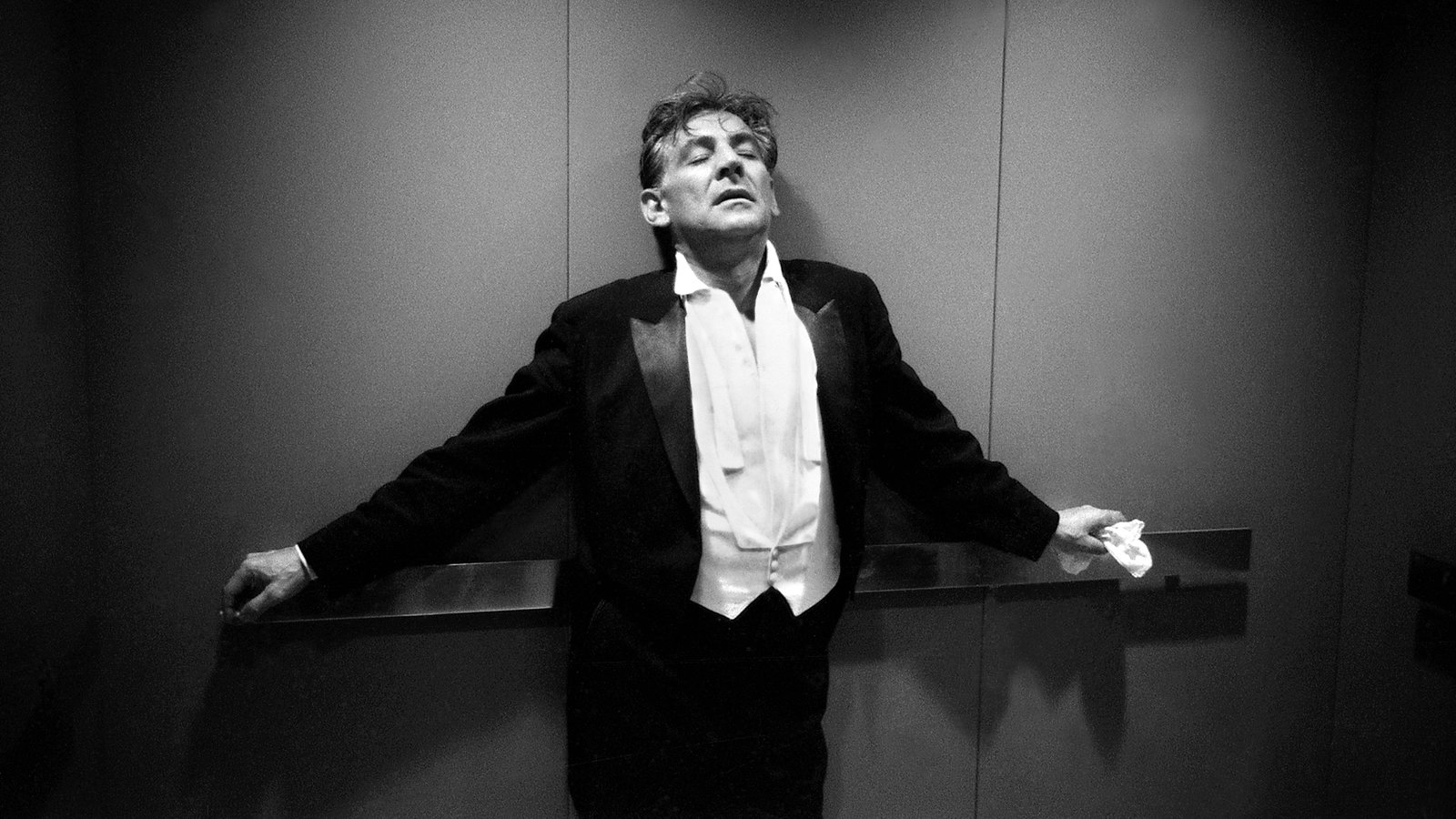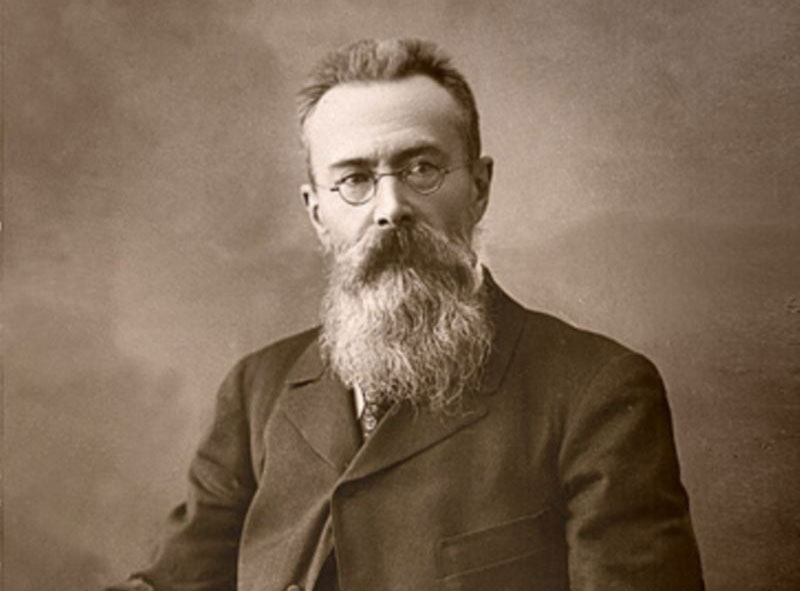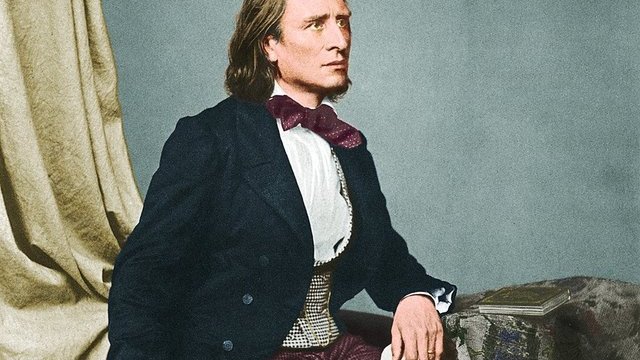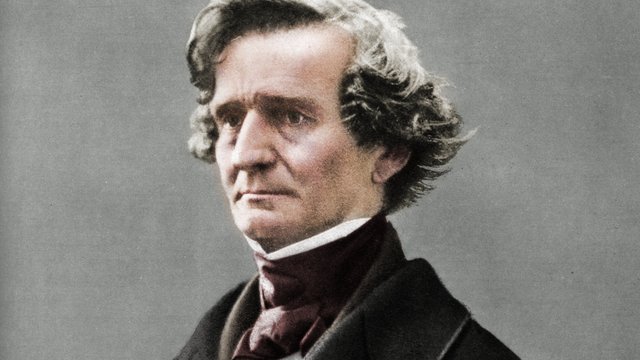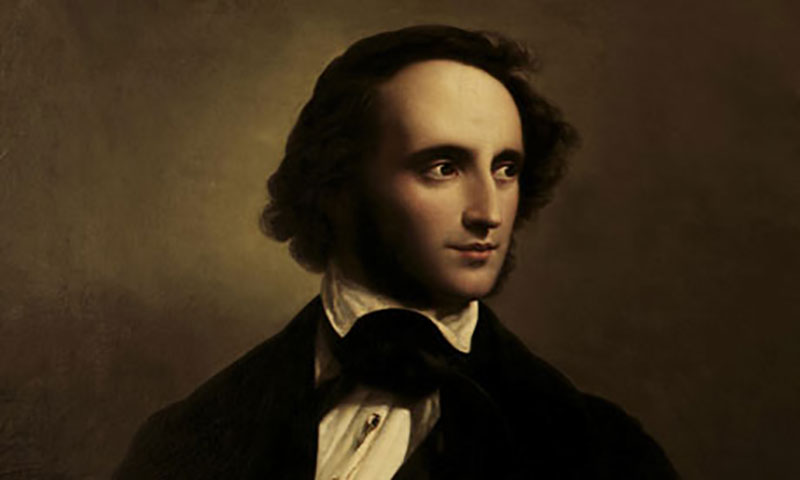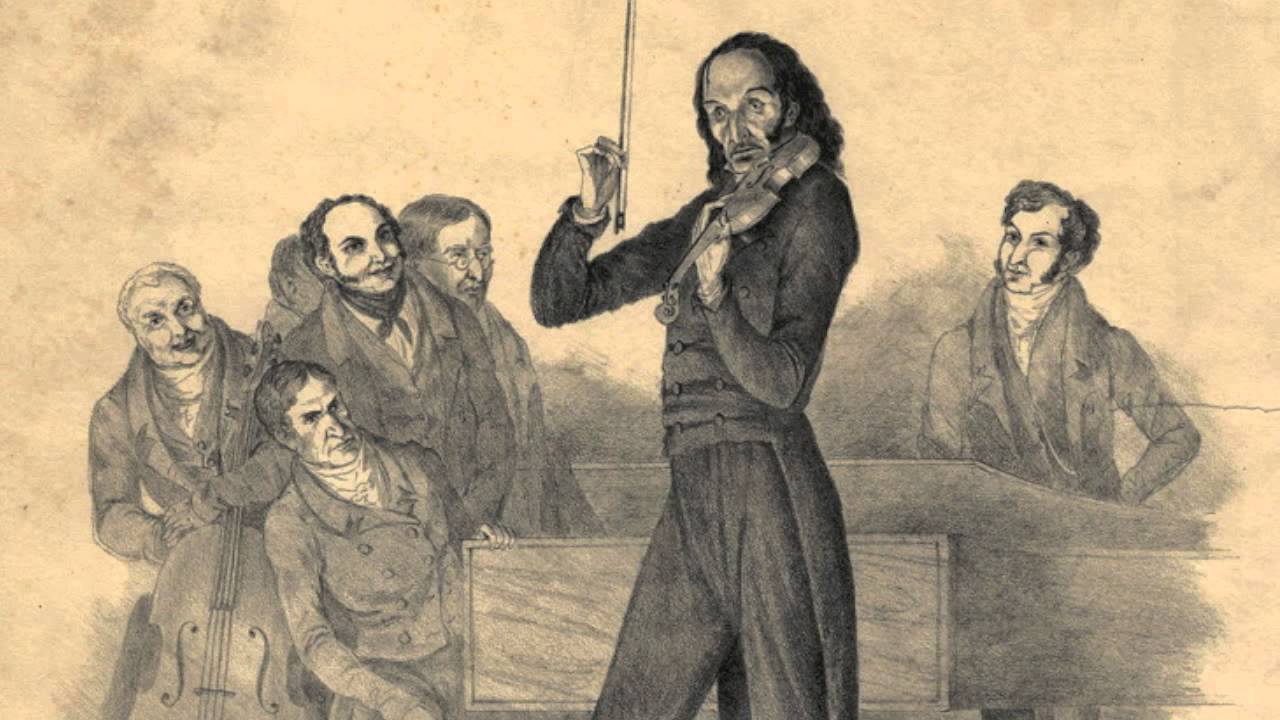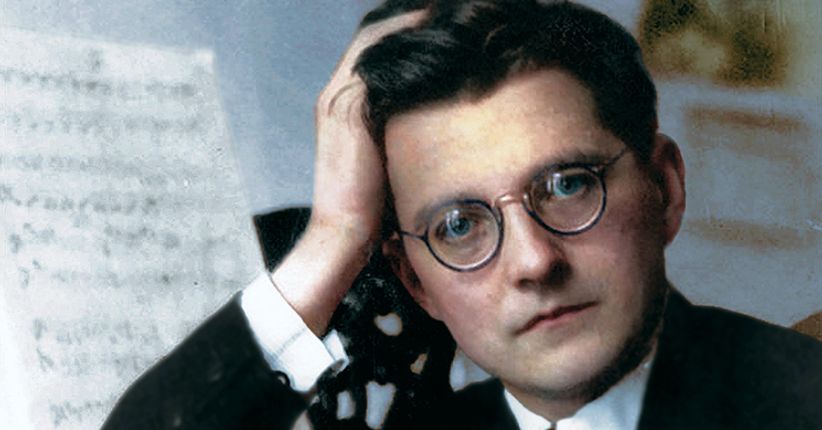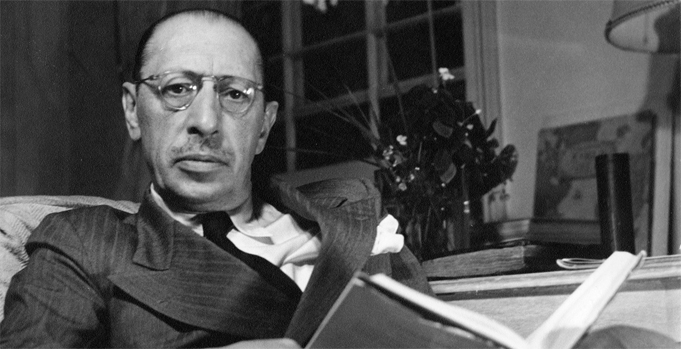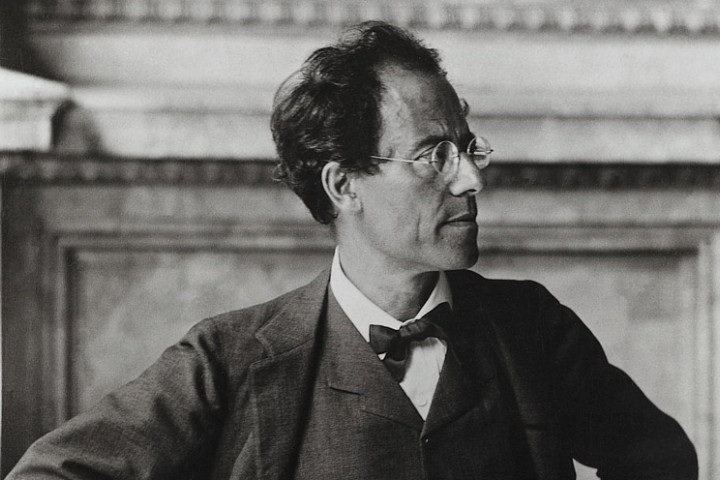Georges Bizet, a French composer of the Romantic era, is best known for his operatic masterpiece "Carmen." His music, characterized by its memorable melodies, rich orchestration, and dramatic intensity, has left an indelible mark on the world of classical music. Here are the 10 best compositions by Georges Bizet, each showcasing his genius and versatility.
Leonard Bernstein was one of the most influential figures in 20th-century music. As a composer, conductor, […]
Nikolai Rimsky-Korsakov, a member of the famous Russian "Mighty Handful," is celebrated for his masterful orchestration and richly evocative compositions. His works draw on Russian folklore, literature, and the natural world, combining these influences with his unparalleled sense of color and texture. Here, we explore ten of his finest compositions that have left an indelible mark on classical music.
Franz Liszt, the legendary 19th-century composer, and virtuoso pianist, revolutionized piano music with his technical brilliance and innovative compositions. His works span a wide range of styles and forms, showcasing his extraordinary creativity and profound musical insight. Here are ten of his most celebrated compositions.
Hector Berlioz, a towering figure in the Romantic era of classical music, was renowned for his innovative orchestration and expressive depth. His compositions often reflected his vivid imagination and deep emotional experiences. Here are ten of his best works.
Felix Mendelssohn Bartholdy, a prodigious talent of the Romantic era, left an indelible mark on the world of classical music. His compositions, characterized by lyrical melodies, brilliant orchestration, and emotional depth, continue to captivate audiences worldwide. In this article, we explore ten of Mendelssohn's most celebrated works, showcasing the breadth and brilliance of his musical genius.
Niccolò Paganini, the legendary Italian violinist and composer, is renowned for his virtuosic technique and captivating compositions. His works have left an indelible mark on classical music, inspiring countless musicians and enthralling audiences for over two centuries. In this article, we explore the ten best compositions by Paganini that showcase his genius and continue to resonate with listeners today.
Dmitri Shostakovich (1906-1975) stands as one of the most influential composers of the 20th century, known for his intense, complex, and often politically charged music. His works reflect the tumultuous times of Soviet Russia, weaving personal expression with public commentary. Here’s a closer look at ten of his most celebrated compositions:
Igor Stravinsky (1882–1971), a seminal 20th-century composer, revolutionized music with his innovative approach to rhythm, harmony, and orchestration. His diverse body of work spans multiple styles and periods, reflecting his evolution from Russian nationalist traditions to neo-classical and serialist techniques. Here are ten of Stravinsky’s most significant compositions:
Gustav Mahler (1860–1911) stands as one of the most profound and influential composers of the late Romantic era, known for his expansive symphonies and emotionally charged orchestral songs. His works often explore existential themes and blend a wide range of musical styles and influences. Here’s a deep dive into Mahler’s ten best compositions, each a testament to his genius.
